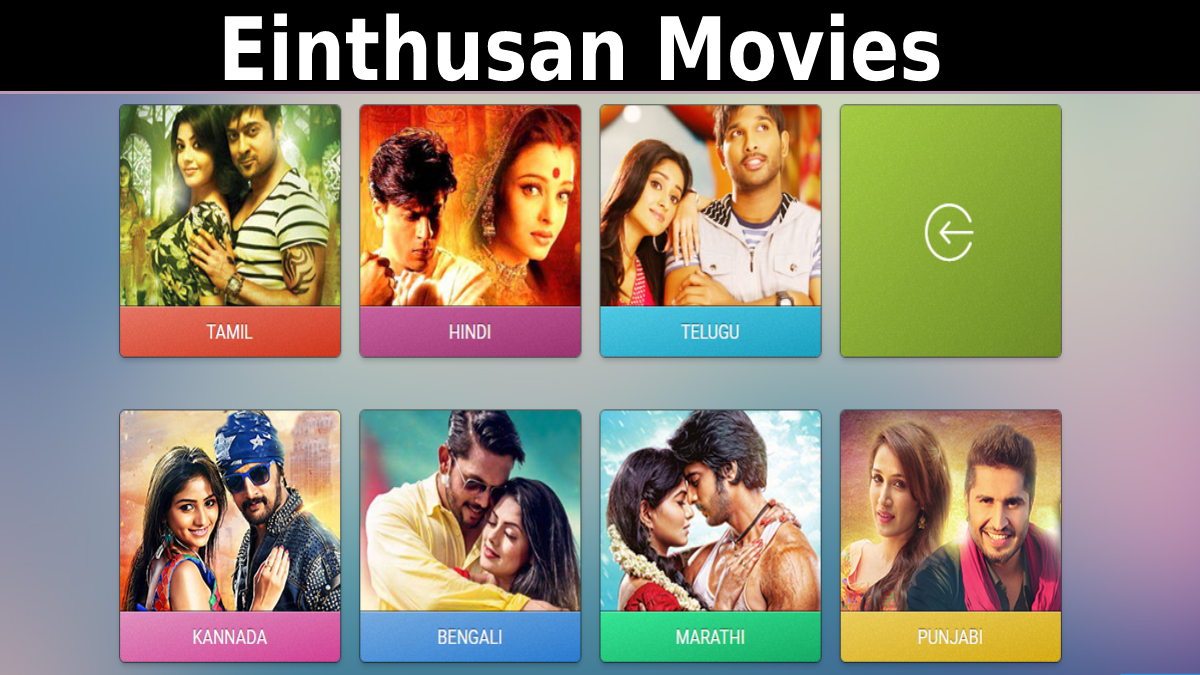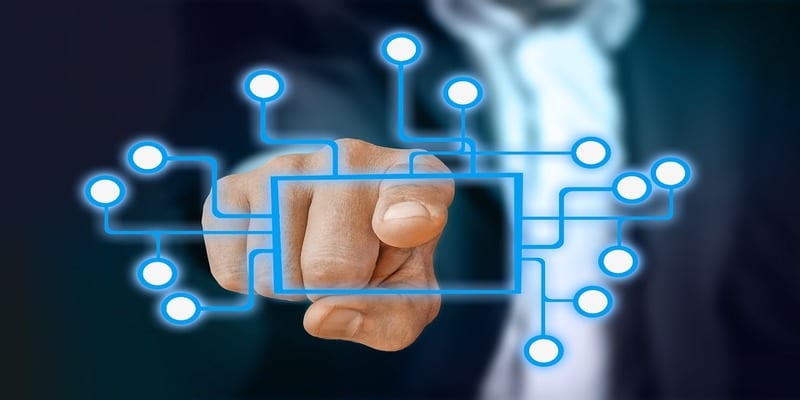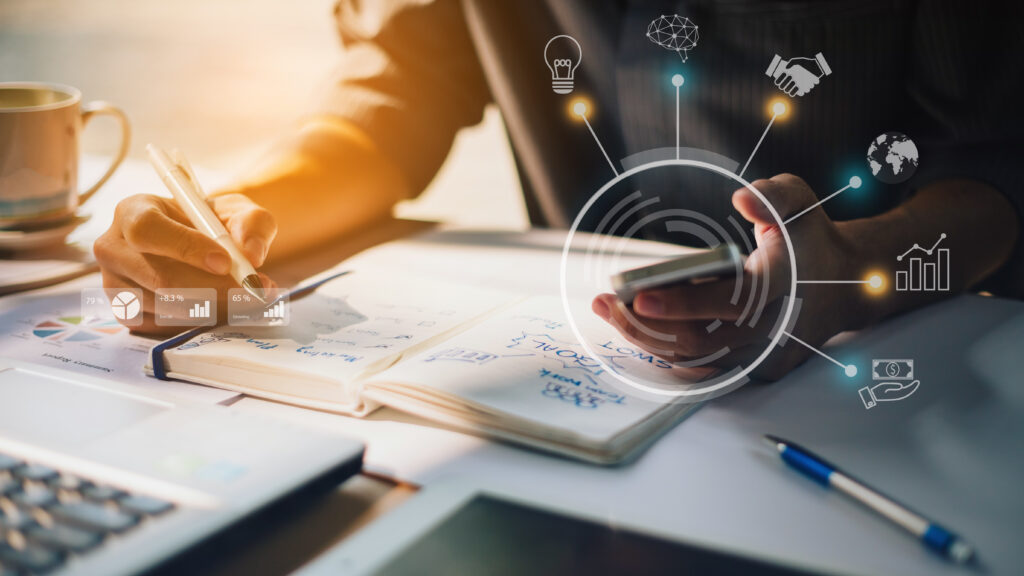In a world where “business as usual” continues to fall short, Human Design emerges as a radical alternative to conventional corporate wisdom. This innovative framework isn’t just another personality test or management theory—it’s a comprehensive system for understanding human energy and decision-making that’s transforming how we approach business innovation. Understanding Human Design for Business isn’t just about personal growth—it’s about revolutionizing how we build and run organizations.
Breaking Free from One-Size-Fits-All Business Models
For too long, the business world has operated under the assumption that success follows a single template. We’ve all heard the mantras: “hustle culture,” “lean in,” and “fake it till you make it.” But these universal prescriptions ignore a fundamental truth: each person has a unique energetic blueprint that determines how they best operate, innovate, and lead.
Human Design challenges this homogeneous approach by revealing that there are actually five distinct types of people—Manifestors, Generators, Manifesting Generators, Projectors, and Reflectors—each with their own natural strengths and optimal ways of working. When we implement Human Design for Business, we unlock unprecedented potential for growth and innovation.
The Hidden Cost of Ignoring Energy Dynamics
Traditional business structures have been built primarily by and for what Human Design calls Manifestors and Generators—types that represent specific ways of using and expressing energy. This has left a wealth of potential untapped, particularly from those who operate differently. For instance, Projectors, who make up about 20% of the population, are natural managers and guides, yet they’re often forced into work patterns that drain their energy and diminish their unique gifts of insight and direction.
The cost? Billions in lost productivity, innovation opportunities missed, and talent squandered—not to mention the personal toll on individuals working against their natural energy flow.
Revolutionizing Innovation Through Energy Awareness
When we align business practices with Human Design principles, we unlock new possibilities for innovation:
1. Decision-Making Revolution
Different types have different optimal ways of making decisions. Generators thrive on gut responses, while Projectors excel at deep analysis. By understanding and honoring these differences, teams can create more effective decision-making protocols that leverage each person’s natural strengths.
2. Communication Transformation
Human Design reveals why some people need to process information verbally while others require solitude to synthesize ideas. This understanding can transform how we structure meetings, brainstorming sessions, and feedback loops.
3. Energy Management Innovation
Instead of pushing everyone to maintain the same pace and work style, Human Design shows us how to create environments where each person’s energy is optimally utilized. This leads to sustained creativity and innovation rather than burnout.
The Future of Business is Energetically Aligned
As we move into an era where adaptation and innovation are crucial for survival, businesses can no longer afford to ignore the energetic nature of their human capital. Those who embrace Human Design principles are discovering that:
- Innovation flows naturally when people are aligned with their energy type
- Conflict decreases when teams understand and respect different operating styles
- Productivity increases when work patterns match natural energy cycles
- Leadership becomes more effective when it’s aligned with one’s design
Breaking the Patriarchal Mold
It’s worth noting that many traditional business practices reflect a distinctly patriarchal approach—linear, aggressive, and one-size-fits-all. Human Design offers a more nuanced, inclusive framework that validates different ways of working, leading, and innovating. This is particularly powerful for women, who have often felt pressured to adopt masculine energy patterns to succeed in business.
Implementing Human Design in Your Business
Strategic Integration
- Start with leadership assessments to understand the energy dynamics at play
- Redesign workflows to accommodate different types
- Create flexible work environments that support various energy patterns
- Develop type-specific training and development programs
Measurable Outcomes
When properly implemented, Human Design in business leads to:
- Increased employee satisfaction and retention
- Higher levels of innovation and creativity
- More effective team collaboration
- Reduced workplace stress and burnout
- Improved decision-making at all levels
The Bottom Line
Human Design isn’t just another business trend—it’s a fundamental shift in how we understand and utilize human potential in the workplace. As more organizations embrace this framework, we’re seeing the emergence of more sustainable, innovative, and human-centered businesses.
The future of business innovation lies not in forcing everyone into the same mold, but in understanding and leveraging the unique energy dynamics that each person brings to the table. It’s time to move beyond the outdated, one-size-fits-all approach and embrace a more nuanced, energetically-aligned way of doing business.
Remember: The most innovative companies of tomorrow won’t just be technologically advanced—they’ll be energetically intelligent. Are you ready to revolutionize your approach to business innovation?








